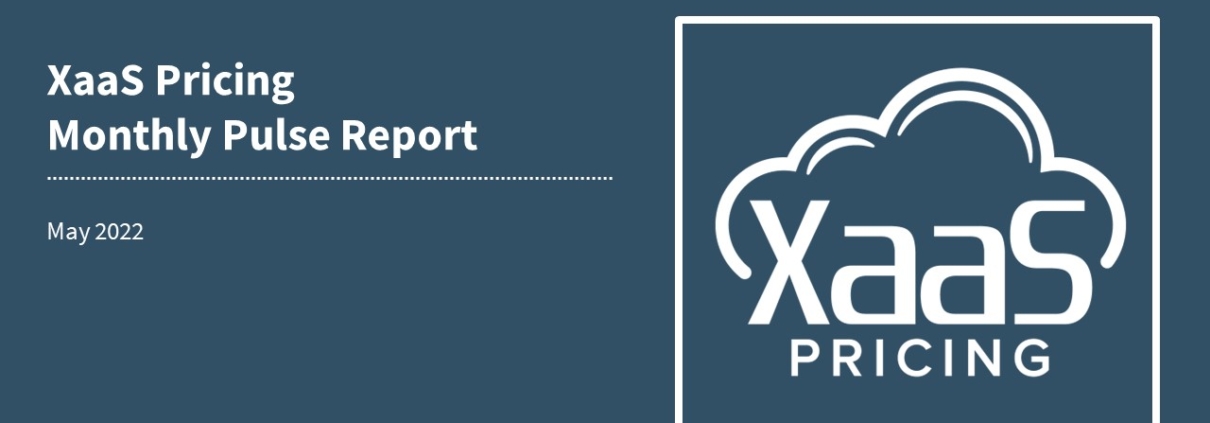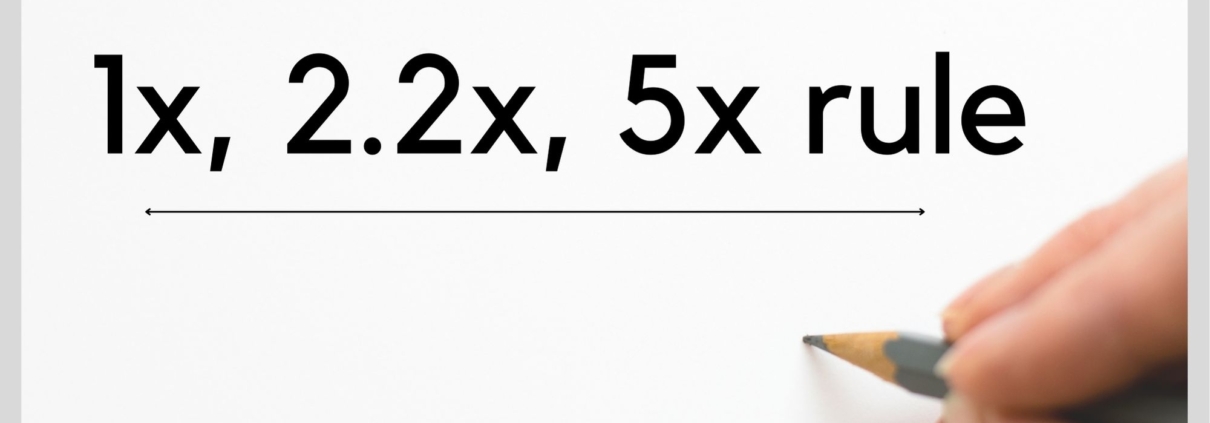Regardless of the marketing approach, your competition exists, is growing rapidly, and is likely becoming an increasing focus across key parts of your organization.
Behind the buzz of PLG is a real and sustainable movement that aims to redefine best-in-class SaaS go-to-market and product strategy.
From our lens, the high-level categories comprising the “pricing strategy and execution stack” for “as a Service” vendors include pricing strategy, pricing benchmarking and research, pricing management, pricing execution, and pricing analytics and optimization.
Using what we learned from the RPA versus CRM experiment, as well as our decades of experience in researching and advising on pricing strategies, we’ve translated our findings into a framework to help focus your competitive price benchmarking efforts to the likely priorities given your business state and the realities of your category.
Even if the ultimate goal of a project is to design and implement a value-based pricing study aligned to customer willingness to pay, rather focused on competitors, projects usually begin with a baseline assessment of the pricing and packaging strategies and positions of key competitors and/or adjacent industry players.
In this month’s report, we deep dive into one of the most important elements of XaaS pricing strategy: How often should you revisit pricing?
We take a look at our database, which comprises pricing multiple data on over 1,000 products across 300-plus vendors, to see if our data bears out the efficacy of the 1x, 2.2x, 5x rule.
Analyzing pricing models is often a good first step in analyzing value metrics for SaaS offerings.
Lifetime deals, particularly if they are run through a distribution-boosting marketplace like AppSumo, can help elevate brand recognition, spike sign-ups, and provide an injection of cash to fund other startup efforts.
In the roughly five months since our initial collection, 70 of the approximately 320 companies in the database have made changes to their packaging models, pricing models, and/or price and discounting levels.











 ©2022 XaaS Pricing. All rights reserved.
©2022 XaaS Pricing. All rights reserved.